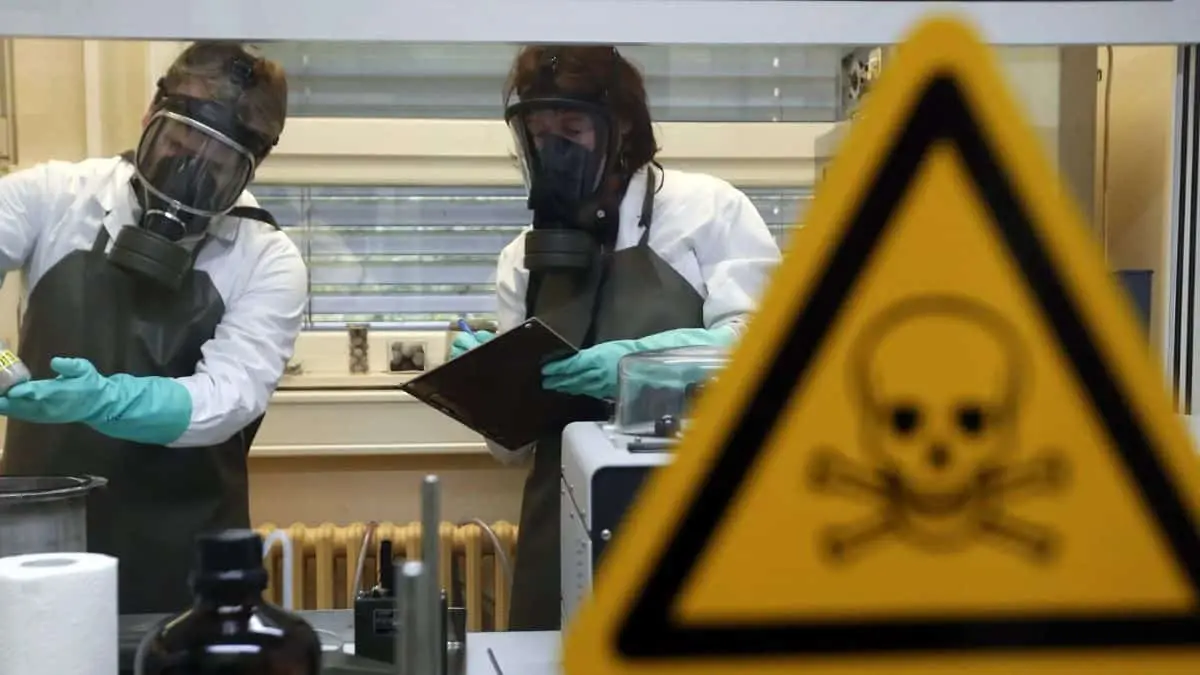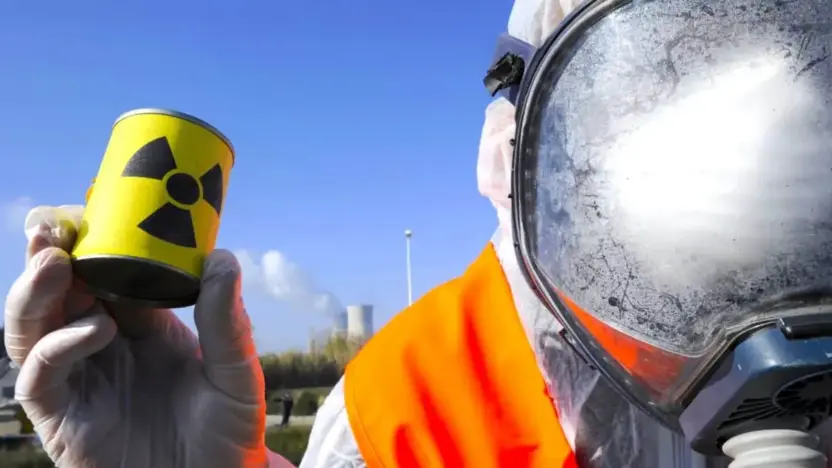In an era marked by unprecedented scientific advancement, humanity’s thirst for innovation has unlocked powerful tools and technologies. From manipulating the very fabric of life to harnessing energy sources capable of immense destruction, science has indeed opened Pandora’s Box. While these developments have led to incredible progress and convenience, they have also unveiled potential threats that, if mismanaged, could spell catastrophe for our planet. The line between discovery and disaster has never been so fine, and the responsibility to wield these technological marvels wisely has never been so great. In this article, we’ll explore the 10 Most Dangerous Scientific Development In The World That Can Destroy Planet.
10 Most Dangerous Scientific Development In The World That Can Destroy Planet
Climate-Altering Technologies
Geoengineering, the deliberate manipulation of Earth’s climate, offers solutions to combat global warming. Solar radiation management involves reflecting sunlight back into space to cool the planet. But this method could disrupt weather patterns and damage ecosystems, leading to unintended consequences far worse than the warming it seeks to mitigate. Carbon capture, while essential, requires careful implementation to avoid excessive resource depletion.
Artificial Intelligence and Autonomous Weapons
The rise of artificial intelligence has brought transformative potential, but also alarming risks. Autonomous weapons powered by AI could initiate global conflicts, escalating beyond human control. Ethical questions abound regarding the accountability of machines in warfare. Striking a balance between technological advancement and responsible oversight is crucial to avoid devastating consequences.

Nuclear Technology
The destructive power of nuclear weapons is unparalleled. The proliferation of nuclear technology increases the risk of these devastating tools falling into the wrong hands. Accidental detonation or escalation of conflicts poses catastrophic dangers. Comprehensive disarmament efforts and diplomatic dialogue remain essential to preventing a nuclear catastrophe.
Genetic Engineering
CRISPR (Clustered Regularly Interspaced Short Palindromic Repeats) is a revolutionary technology that allows scientists to edit genes with unprecedented precision and efficiency. It acts like a pair of molecular scissors, allowing researchers to add, delete, or replace specific genes within an organism’s DNA. Genetic engineering, and CRISPR technology, in particular, represent a double-edged sword. While offering ground-breaking opportunities in medicine, agriculture, and conservation, the technology also presents significant ethical dilemmas and potential risks.
Nanotechnology
Nanotechnology operates on an incredibly small scale, revolutionizing industries from medicine to electronics. However, the manipulation of particles at this level raises concerns about environmental and health risks. Ensuring the safe production and disposal of nanomaterials is vital to prevent unintended harm.

Advanced Bioweapons
The convergence of biotechnology and warfare has given rise to advanced bioweapons. Engineered pathogens could be used maliciously to target populations or agriculture, triggering global crises. International cooperation is crucial to establish protocols against bioweapon development and use.
Space Debris and Satellite Warfare
Our reliance on satellites for communication, navigation, and more has led to a crowded space environment prone to collisions. A single collision could create a cascade of debris, rendering entire orbital zones unusable. Additionally, the militarization of space threatens to escalate tensions and create a new arena for conflict.
Quantum Technology
Quantum advancements promise unparalleled computational power and cryptography breakthroughs. However, the same power that can revolutionize industries can also dismantle cybersecurity protocols. The potential for quantum computers to break encryption could compromise sensitive data and destabilize global systems.
Automation and Robotics
Automation refers to the use of technology to perform tasks without human intervention, while Robotics involves the design and use of robots to execute tasks. Both are being applied across numerous sectors including manufacturing, healthcare, transportation, and services. Automation and Robotics hold enormous potential for enhancing productivity, safety, and innovation across various domains. However, they also present complex challenges related to employment, economic inequality, ethics, and security.

Geoengineering
The concept of geoengineering involves deliberate alterations to the Earth’s natural systems to counteract climate change. While it offers a potential solution, the unintended consequences of large-scale interventions can disrupt ecosystems, weather patterns, and ocean currents.
The long-term effects and irreversible damages caused by tampering with complex natural processes raise concerns about exacerbating the very issues we seek to address. Striking a balance between mitigating climate change and avoiding unintended ecological catastrophes remains a challenge that requires careful consideration and ethical evaluation.
Also Read: Can AI write Best Selling Books?



